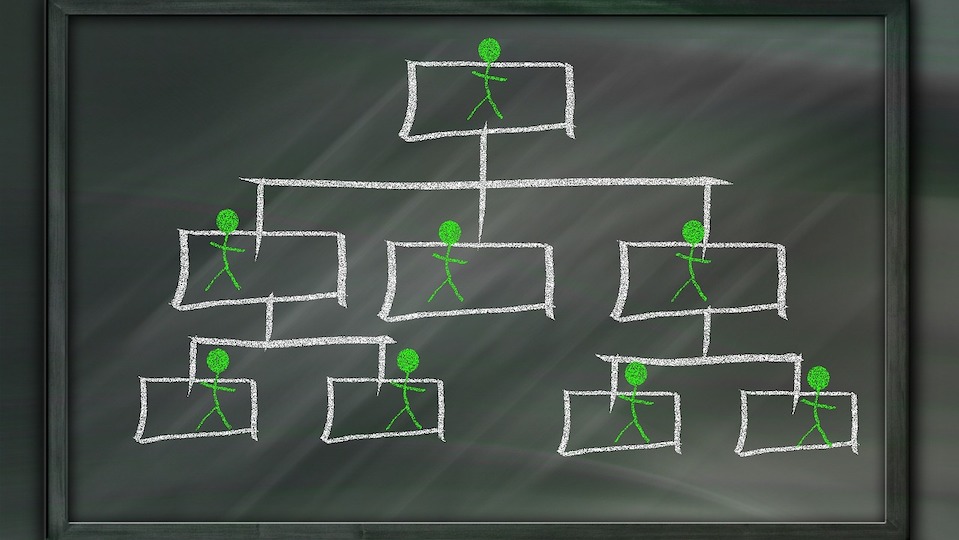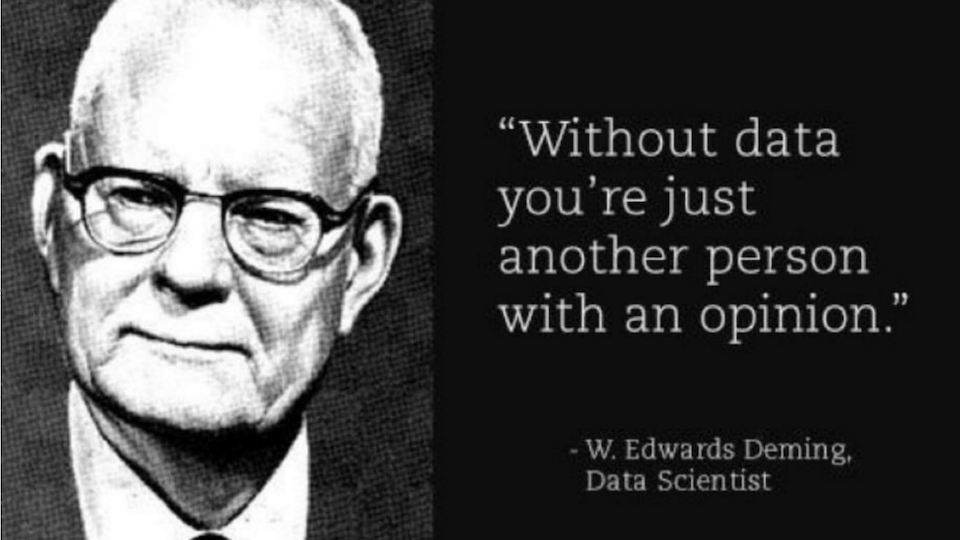Your strategy, or the one you will soon develop, is flush with your organization’s competitive advantages. It creates excitement and inspires your leadership team with the strategic transformation that is seemingly within reach. However, in the back of your mind is maintaining ongoing operations. It is the organizational tug-of-war of the ages, and while you’re inspired, sleepless nights remain as to how your team will succeed in strategy and ongoing operations.
If this strikes a chord, you’re not alone. Executive leaders struggle with their vision for the future of their organization and keeping the operations up to standards. For many, the daily pressure to maintain or achieve a competitive advantage weighs on executive leadership. They are deeply embedded in a legacy structure that fights change while emphasizing that rapid change must occur to survive. This issue is one of the biggest leadership challenges that remain unaddressed year after year. So, how did we get here?
In 1913, Henry Ford launched the first moving assembly line. At the time, Ford’s assembly line was an engineering marvel. With time and perfection, Ford’s assembly line became known as a vital component of the national defense strategy supporting the United States Air Force.
“Every American automaker turned its workforce and facilities to military production during World War II. But no project captured the public’s imagination like Willow Run, where Ford Motor Company built one B-24 Liberator airplane every 63 minutes. The plant was the embodiment of America’s “Arsenal of Democracy” — the enormous manufacturing capacity so vital to the Allies’ victory.” ~The Henry Ford Org.
The standardization of processes is the main focus of many organizations. With the Department of Defense not wanting to fall behind, on July 1, 1952, they officially launched the Defense Standardization Program. In the 70 years since, standardization of processes and systems has been a focus for most organizations, especially the DoD. While the emphasis on standardization of processes and programs has served ongoing operations well, it creates a barrier to accelerating the change needed for the future. This concept is not lost on the leaders of today’s largest organizations, such as General Charles Q. Brown, Jr., Air Force Chief of Staff.
“The old methodology simply can’t handle rapid change. Hierarchies and standard managerial processes, even when minimally bureaucratic, are inherently risk-averse and resistant to change.” ~Competitive Strategy – Accelerate!
Today many leaders find themselves against a rock and a hard place, fighting the rigid standards making operations run well and the necessity to accelerate change or lose. The good news is there are five steps leaders can adopt and implement now to reset organizational focus to achieve success in strategy and operations. To get started, consider the following best practices:
1) Acknowledge and accept the difference – Your organization has different needs to execute strategy and maintain ongoing operations successfully. While operations leverage existing systems and processes well, successful strategy execution does not. In many cases, strategy transformation requires quite the opposite.
“A strategy network, by contrast, needs lots of leadership, which means it operates with different processes and language and expectations. The game is all about vision, opportunity, agility, inspired action, and celebration—not project management, budget reviews, reporting relationships, compensation, and accountability to a plan. ” ~HBR
To successfully execute strategic transformational efforts, consider a strategy operating system uniquely designed to execute strategy.
2) Be willing to invest – “We don’t have a budget for strategy…we just borrow from our operating and maintenance budgets.” This thought is a direct quote from a senior leader in the Air Force. However, this is not unique to the Air Force. Most of the DoD functions this way. This begs the question – Why would leadership spend the time, money, and effort to detail its most pressing strategic priorities and not have a mechanism for funding? The simple answer is, “This is how the funding process has always been.” Today’s leaders understand this is not an acceptable answer.
There is reason to believe the momentum is shifting. In 2012, Dr. Will Roper was the founding Director of the Pentagon’s Strategic Capabilities Office. What started as a $50 Million budget ten years ago has fluctuated between $750 Million and $1.5 Billion in recent years. Why the growth? Dr. Roper demonstrated a significant return on the investment in executing strategic capabilities.
Funding hurdles aside, start with determining what you’d be willing to invest to see your strategic priorities through to successful execution.
3) Choose an intentional hierarchical approach – The organizational structure you have to support ongoing operations is likely not the hierarchical structure you need to achieve strategic transformation. Instead, look to establish a specific governance structure to execute strategy. This hierarchy comprises the executive stakeholders who will own each area of your strategy. These stakeholders should demonstrate the domain expertise and the ability to serve as an agent for change in your organization. Each stakeholder will then follow suit to establish individual stakeholder teams in charge of executing the strategy. Key to your stakeholder(s) success is a strategy operating system that establishes uniformity and alignment in both approach and execution.
“Change-management processes supplement the system we know. They can slide easily into a project-management organization. They can be made stronger or faster by adding more resources, more-sophisticated versions of the same old methods, or smarter people to drive the process—but again, only up to a point. After that point, using this approach to launch strategic initiatives that ask an organization to absorb more change faster can create confusion, resistance, fatigue, and higher costs.” ~John P. Kotter
To get started, seek advice from an expert on establishing a governance structure for strategic implementation. I’ve helped scores of leaders with this exact challenge, and the investment in time has proven to be highly fruitful for my clients.
4) Rapidly access required resources – A key to executing your competitive advantage is knowing what your team will need to be successful. Historically, this process has been extremely slow and disconnected within many federal agencies. However, the ability for your stakeholder teams to specifically name, by strategic implementation roadmap, their required resources is critical to both budget requests and implementation success.
“Identify key functional capabilities required to execute on your action plan. Ask business partners to assess how they perceive your function’s strengths and weaknesses. Your assessment and that of your business partners should broadly align. Regardless, generate a prioritized list of functional capabilities to bolster or gaps to fill as a result of your findings.” ~Gartner
While this targeted advice is for commercial businesses, federal agencies can expedite their required resources assessment process by leveraging a uniform approach to strategic implementation roadmap development.
5) Know if strategies are working – The speed of today’s change requires leaders to quickly know if the strategy their team is implementing is working. To achieve this, strategic performance monitoring can not be an afterthought. Instead, strategic performance monitoring must begin with the governance structure and stakeholder identification referenced above. Additionally, a strategy must align with stakeholder and stakeholder teams. Each team must use a standard approach to implement micro-strategies to achieve key results and objectives.
“To ensure your team monitors a trendline correctly, start with the baseline and monitor incremental progress.” – How to Design Strategy Work So You’re Best Measuring Performance
When the strategy monitoring is designed effectively, leaders will more easily know which strategies are working and can adapt faster.
The work of strategy to maintain or achieve a competitive advantage takes the discipline and focus of ongoing operations. However, unlike maintaining operations, strategic transformation requires a different implementation and execution approach. To accelerate change, leaders need a strategic operating system that walks the careful balance between uniformity and adaptability, all while measuring whether the strategies you’re implementing are achieving the outcomes you desire.
We help leaders craft strategic operating systems and measure the outcomes.





